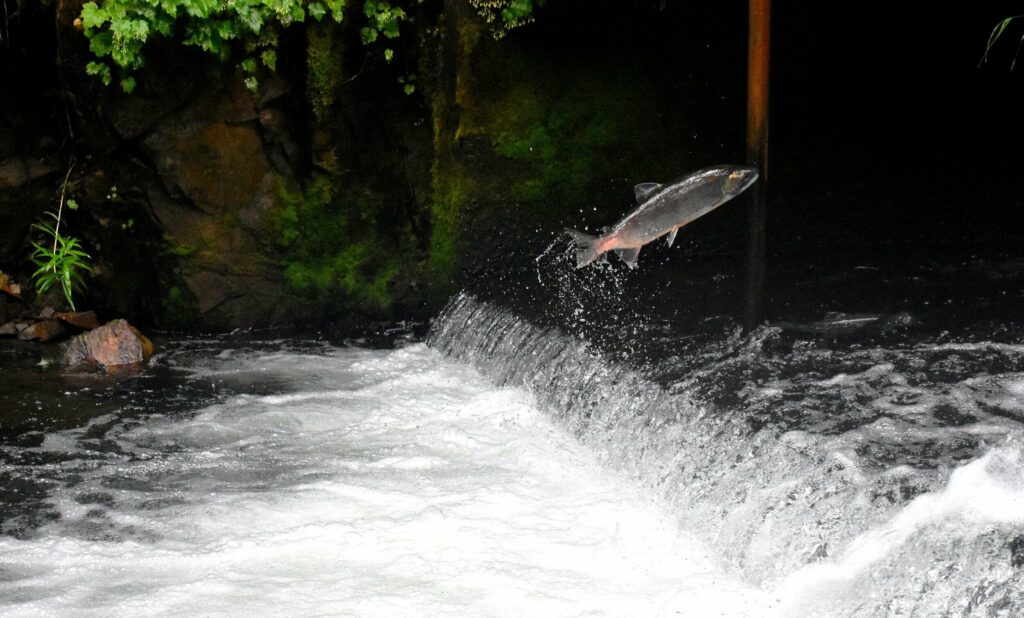Navigating Changes to the Fisheries Act
The Government of Canada’s Bill C-68, an Act to amend the Fisheries Act received Royal Assent in July 2019. On August 28, 2019, the Fish and Fish Habitat Protection Program and its associated provisions came into force. The Fisheries Act is one of Canada’s oldest and most important environmental laws and was first enacted in 1868, one year after the Nation’s confederation!
Revisions to the Act in 2019 include the abandonment of categorizations of Commercial, Recreational and Aboriginal Fisheries, in favour of protection for all fish and fish habitat, regardless of species present, or timing of works that could influence them. The “modernized” Act has seen emphasis placed on scientifically based decision making, evidence-based evaluations and increased compliance and inspections. Provisions under the revised Act are expected to, among others: strengthen the role of Indigenous peoples in project reviews, monitoring and policy development; promote restoration of degraded habitats; re-introduction of a new permitting framework and codes of practice; consider cumulative effects of developments; and increase transparency around Authorizations under the Act. Fisheries and Oceans Canada, through the Fish and Fish Habitat Protection Program will remain the responsible authority for the Fisheries Act and related Species At Risk Act (for aquatic species and marine mammals).
For those that were familiar with the Act prior to 2012, the term Harmful Alteration, Disruption or Destruction (HADD) of fish habitat has been restored, meaning that any temporary or permanent change to fish habitat is prohibited without prior Authorization under the Act. Fish Habitat, a key consideration in the potential for HADD, is defined under the Act as follows:
Fish Habitat – Water frequented by fish and any other areas on which fish depend directly or indirectly in order to carry out their life processes, including spawning grounds and nursery, rearing, food supply and migration areas.
Under the new Fish and Fish Habitat Protection Program, proponents are responsible for understanding the impacts of the proposed project on fish habitat, implementing measures to avoid negative effects and engaging DFO when the works will implement all the Measures to Protect Fish and Fish Habitat. When planning works in or near fish habitat, proponents are no longer encouraged to complete a “self-assessment”, but rather are to implement avoidance measures (Measures to Protect Fish and Fish Habitat) to preclude HADD and the death of fish. AJM has developed a flow chart to help proponents determine if or when engaging DFO for their works should occur (below).
DFO recognizes that not all works in or around water are high risk activities to fish and their habitat. Accordingly, Codes of Practices have been designated as management tools for low-risk activities that will not require review by DFO, pending the successful implementation of associated best management practices. Currently, six Codes of Practice are available for proponent use, although several more are anticipated in the coming months.
If your project requires review by DFO, a Request for Review form and supplemental documents (aquatic assessment and adopted mitigation strategies) should be submitted to the DFO regional office, where the submitted information will be triaged. Depending on the scope of works and comprehensiveness of mitigating strategies, DFO will determine the likelihood of death to fish and HADD. If additional mitigation is necessary, or if Authorization under the Fisheries Act will be required, further consultation with DFO will be advised by the reviewing biologist.
